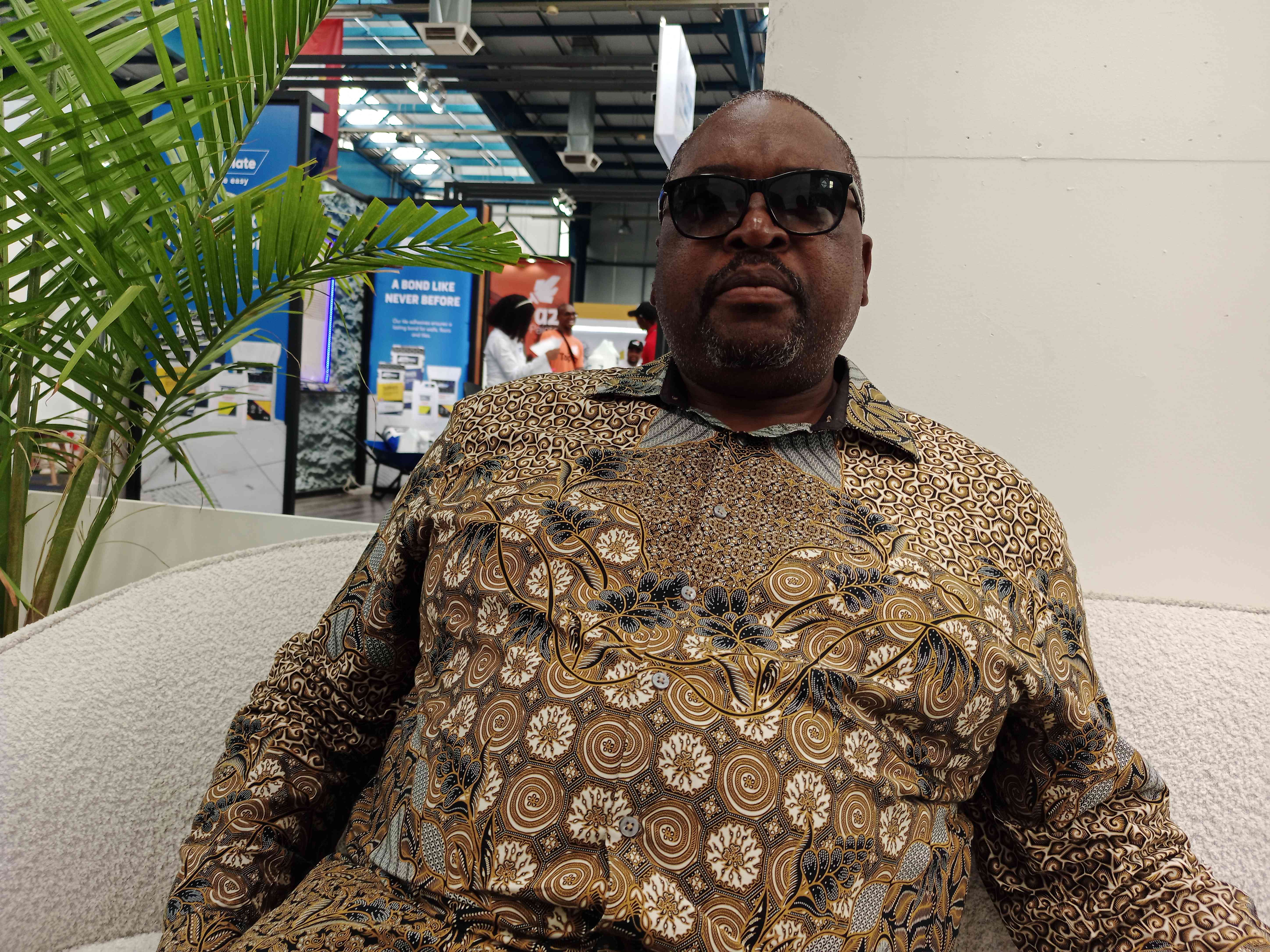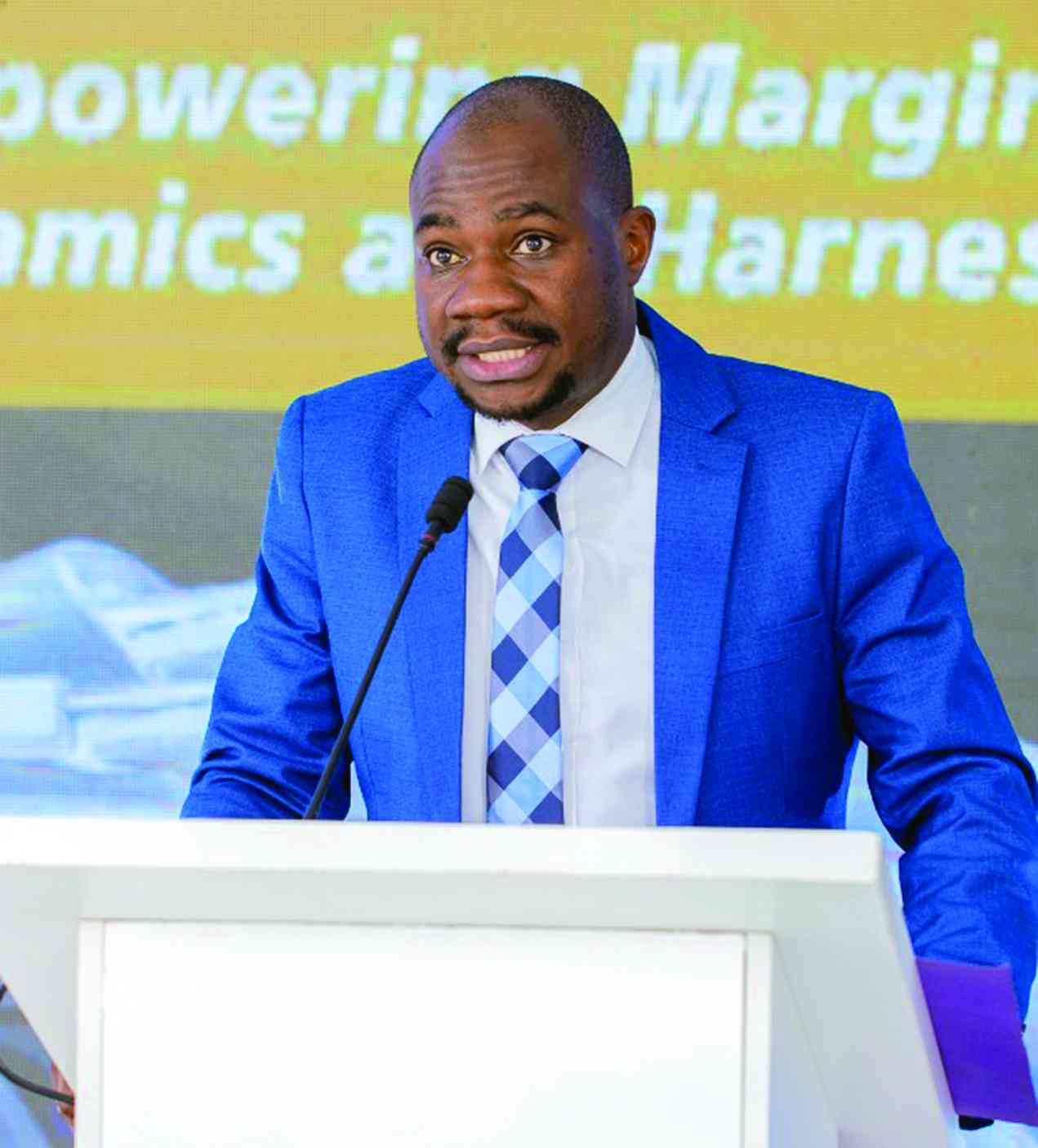
ENERGY markets capitalised on platforms created by the 5th International Renewable Energy Conference last week to explore a range of options that will help economies navigate challenges triggered by several dynamics, including climate change.
Climate change-induced natural phenomena, including droughts have created significant uncertainties across markets, but governments and private sector players are innovating to ride out potential crises.
In Zimbabwe, for instance, thermal has overtaken hydropower to become the largest source of energy, as climate change continues to affect water levels in the country’s dams and lakes.
The Zimbabwe Independent reported recently that capital inflows into new coal shafts have accelerated alongside the expansion of existing mines in Zimbabwe’s north western hotspots, as investments into steel production and coal-fired power facilities reinvigorates investor appetite.
Two of the biggest destinations for coal or thermal energy — the Manhize steel facility and Hwange Thermal Power Station’s Units 7 and 8, saw government and private investors separately pour a combined US$3 billion to resume production.
Hwange 7 & 8 units kicked off production in 2023 following a US$1,5 billion investment, with the US$1,5 billion Chinese steel plant expected to resume production soon.
According to official statistics, investments into coal expanded by 80,7% between 2021 and 2022, with more funding expected this year.
In 2021, government announced investments into coal mining and coke oven batteries. This announcement has seen growth in this sector with US$166,4 million being realised as of 2022, compared to US$92,1 million in 2021, according of official data.
- COP26 a washout? Don’t lose hope – here’s why
- Out & about: Bright sheds light on Vic Falls Carnival
- COP26 a washout? Don’t lose hope – here’s why
- Out & about: Bright sheds light on Vic Falls Carnival
Keep Reading
The country has witnessed opening of new coal mines, expansion of existing operations and resuscitation of operations during the period.
Government data showed Muchesu Coal Mine began production last year following a US$20 million investment.
Turbo Mine expanded production to 75 000 tonnes per month to cater for increased power generation at Hwange’s 7 & 8 units. Zambezi Gas expanded operations in 2021 and opened a second pit with a capacity of 100 000 tonnes of coal, doubling their monthly production.
According to a report compiled by the Ministry of Energy and Power Development, which was presented at the 2024 International Renewable Energy Conference last week, coal contributes more than 57% of Zimbabwe’s total installed energy capacity.
This is far ahead of hydro power, which is currently contributing 40%, the report noted. The report said only 3% of Zimbabwe’s energy requirements were currently being generated from solar and other renewable sources.
Zimbabwe derives most of its hydroelectric power from the 1 050 megawatt (MW) Kariba South Power Station on the Zambezi, where water levels have been affected by prolonged droughts, leading to depressed output.
A US$550 million investment a decade ago helped Zimbabwe increase Kariba’s power generation to the current capacity, from 750MW previously.
“The Ministry of Energy and Power Development will continue dialoguing and engaging with key stakeholders, both local and international financial markets and pension funds, to invest in independent power plants and increase renewable energy generation — APRA (Accelerated Partnership for Renewables in Africa) Partners can come in,” Gloria Magombo, permanent secretary in the ministry, said during the conference.
“The ministry is going to continue with the following interventions: Promotion of increasing the share of renewable energy on the country’s energy mix and reduction of the use of brown energy. Promotion of access to modern energy solutions, promotion of increased access to electricity with a specific focus to rural populations,” Magombo said.
She added: “Promotion of energy efficiency and promotion of clean modern energy solutions”.
She said the ministry will also promote research in modern energy technologies for sustainable clean energy solutions.
“Zimbabwe supports the APRA and other initiatives to accelerate the deployment of renewable energy for a low emission economic and social growth,” she said.
Magombo added that while the drive was on investing in renewable energy technologies, it was important for Zimbabwe to build adequate base load from non-renewable energy sources like coal.
This would guarantee sustainable energy supplies and cleaner technologies.
“The country will continue to pursue value addition of critical energy transition minerals so that the nation benefits on reduced prices of locally produced energy technologies,” Magombo said.
According to the Zimbabwe Power Company (ZPC), a normal year water allocation to the Kariba South Power Station is 20 billion cubic metres.
ZPC is a unit of state-run power company, Zesa Holdings, which is responsible for power generation.
However, for 2024, the water allocation is eight billion cubic metres, ZPC noted last week.
It projects that this trend may continue into 2025.
As a result, power generation from Kariba will continue to be depressed.
“We have been dependent on hydro power. We need to find solutions to make up for the generation shortfall,” Nobert Matarutse, managing director at ZPC, said.
“Conjunctive operation of Kariba complex with Batoka Gorge Hydro-Electric Scheme, Devils Gorge Hydro-Electric Scheme and Mutapa Gorge Hydro-Electric scheme as part of the 10 Gorges on the Zambezi River that have capacity for large hydroelectric schemes (will be important,” Matarutse said.
He said it will be imperative for the Zambezi River Authority to efficiently manage water on the Zambezi, where ZPC and Zesco in Zambia derive their power.
“ZPC as a utility can focus on a generation mix that moves away from big hydros … Climate change is real and its effects are very visible,” Matarutse said.
“The El Nino phenomenon is negatively affecting hydrological trends, hence the need to come up with means and ways to mitigate against the existential threat to the grid and the nation at large.”
The government has since found significant small hydropower potential in the Eastern Highlands, where many rivers flow throughout the year.
The government has stated that the total amount of energy support needed for capital projects is US$2 billion, which is why it is seeking to promote renewable energy as global financiers are increasingly investing in such projects.
“Renewable energy plays a vital role in achieving sustainable development goals and combating climate change,” UN resident and humanitarian coordinator, Edward Kallon, said. “In Zimbabwe, the importance of renewable energy cannot be overstated as it addresses the country’s core development aspirations, including food security, economic growth, environmental sustainability, and social development.”
He said Zimbabwe was facing energy shortages with a very low electrification rate.
“This energy deficit has led to production losses in key economic sectors such as agriculture, mining and tourism, rural areas, as well as women and youths. They are at a disproportionate impact from these energy shortages,” Kallon said.
“Despite the government’s efforts, challenges such as inadequate financing for renewable energy projects persists.”
Kenias Mafukidze, chief executive officer at Alpha Media Holdings, said as stakeholders gathered at the expo, it was important to advance best practices and strategies towards advancing renewable energy in the Southern African Development Community (Sadc) region.
“The challenges we face in transitioning to a more sustainable energy future are significant, but through collaboration, knowledge sharing, and collective action, we can overcome these challenges and pave the way for a brighter and greener future,” Mafukidze said.
“Renewable energy is not just about generating electricity. It is about driving economic growth, creating jobs, improving energy access and mitigating climate change. By harnessing the abundant renewable energy resources in the Sadc region, we have the opportunity to transform our energy systems, enhance energy security, and promote sustainable development that benefits all our citizens.”
He encouraged participants at the conference to actively engage, exchange ideas, and collaborate with your peers.
“Let us seize this opportunity to learn from each other, inspire one another, and catalyse the transition towards a more sustainable energy future that aligns with the SDGs. I know that over the last five years this conference has sparked close to US$1 billion in investment into the sector,” he said.
According to the southern African Power Pool, the country has an installed capacity of 2 412MW, but only has an operating capacity of 1 400MW.
This is against peak demand of 1 900MW and an average deficit of over 500MW.
Added to this, climate change has greatly reduced Zimbabwe’s once main electricity generation source, hydropower, to its secondary source.
Matarutse warned of serious effects if other energy sources are not explored.
“Water is the key raw material in the hydro power generation process. It is the source of the energy to be converted to electrical energy. The water utilised at Kariba South Power Station is allocated by the Zambezi River Authority. Normal year water allocation is 20 billion cubic metres. 2024 water allocation is eight billion cubic meters,” he said.
“The major cause of reduction in water allocation from the normal is the shift in weather patterns and more prevalence of drought conditions over the Zambezi Basin. We have seen a pattern of persistent drought over the past five years. Indications are that the drought conditions are likely to persist into 2025 as the El Nino phenomenon continues.”
He said Kariba Dam had not been at full capacity since 2011.
The energy sectors need US$2 billion in fresh investment, according to the Ministry of Energy and Power Development.










